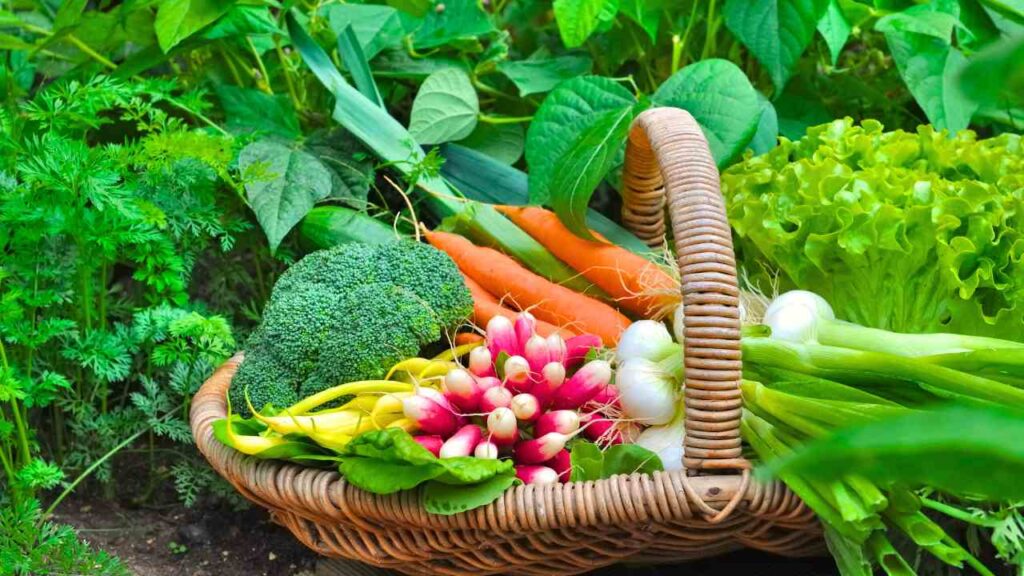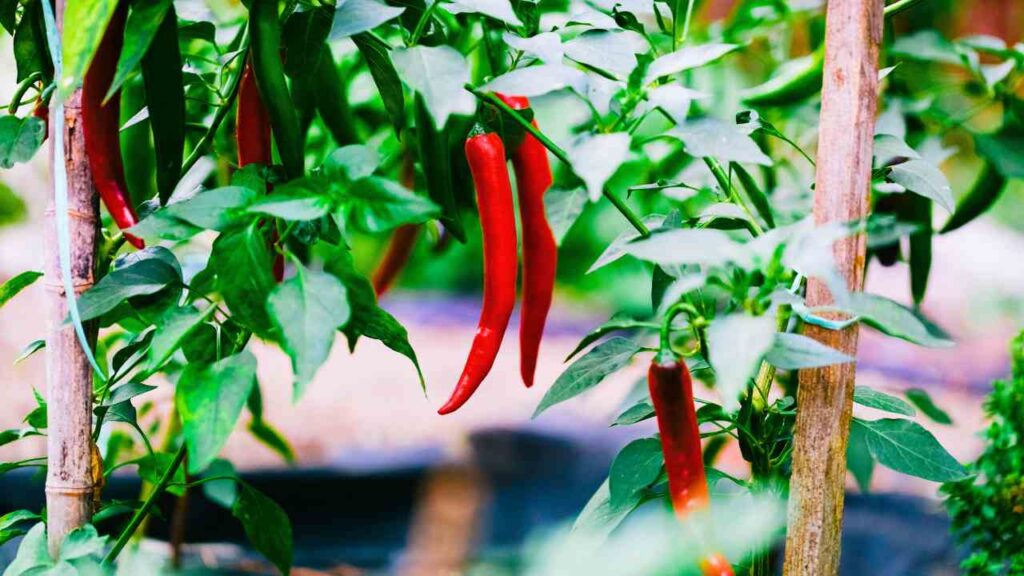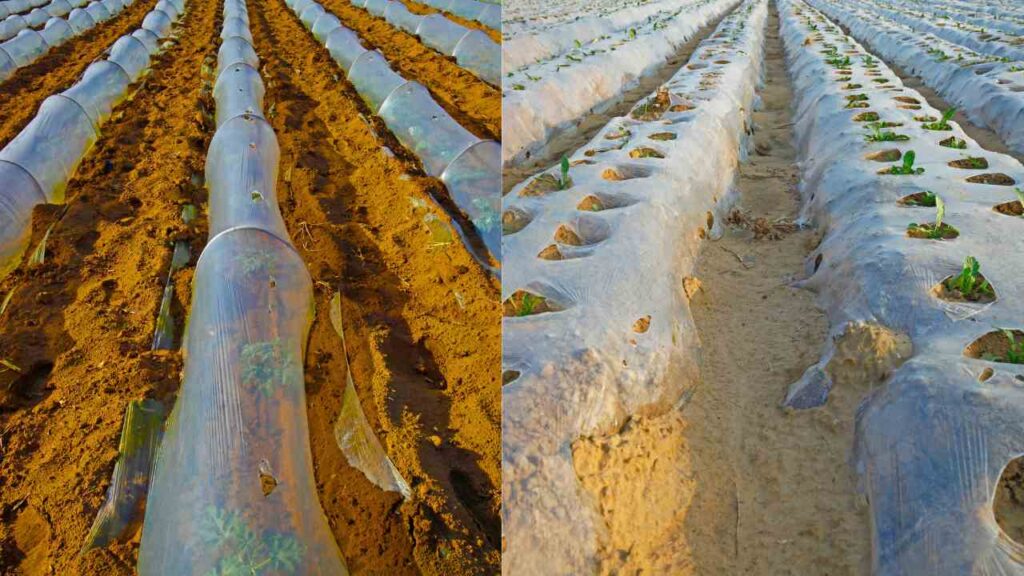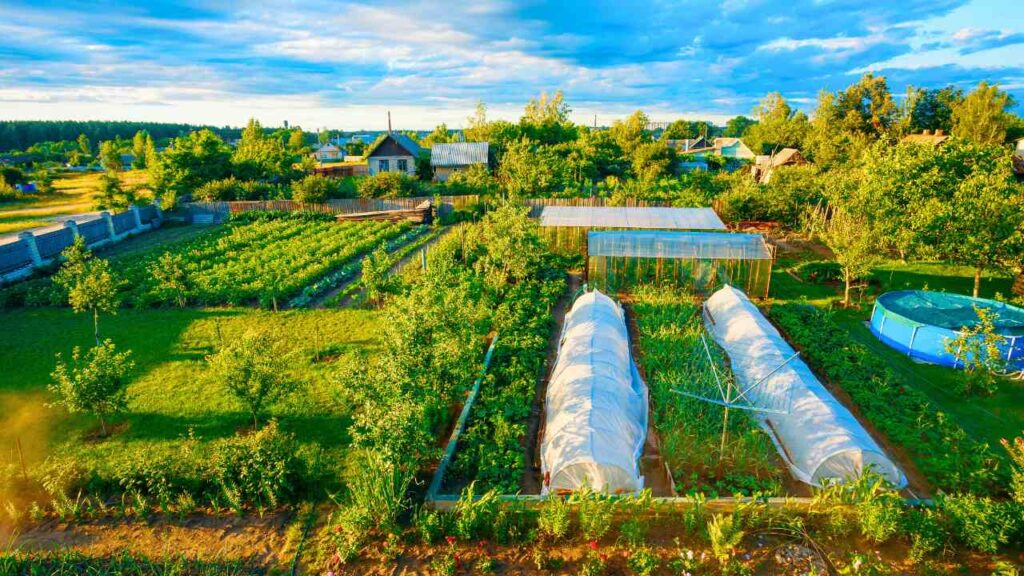You shouldn’t put away your tools just yet, even though winter is coming. With the right changes, you can extend the growing season well past the first frost.
How to Compete: Making the Growing Season Last Longer

People have become so used to shopping at supermarkets that they expect to see food that isn’t in season. In April and October, the grocery store sells peppers and peaches. Local growers should try to get close to those goals during the times of the year when their marketing business is open in order to stay competitive.
A longer growing season is beneficial for almost all food crops if it can be done cheaply. By making their crops available as early or as late as possible compared to outdoor crops that aren’t protected, vegetable farmers can get and keep new customers and get higher prices.
Adopting a “everything all the time” policy can significantly benefit a grower who caters to local needs or operates a market stand.
The Key to Happiness

To make the season last longer without any problems or setbacks, you need to find the point where the amount of climate change is equal to the extra time, money, and management skills needed to make it happen. When planning for a longer season, keep in mind that farmers need time off during the year.
Because December and January are the worst months for growing food, you should probably use those dark days to rest, get organized, and make plans for the next season. When extending the growing season, the goal is always to keep the systems as simple and cheap as possible without giving up the reliable control that is needed to make sure the protected farming works.
There are many choices to choose from. This review will go over most of them and then suggest the ones that would work best for a small food farm.
Changing the Climate

People who want to extend the growing season should know that they have choices besides building a greenhouse or moving south. There are many low-cost or free activities that can make a big difference in changing the weather in advance of the grower. As a general rule, we need to use more energy to change the climate the more we want to do it.
The easiest way to make it easier for early crops to grow is to find, make, or improve places that are warm and protected.1. We can change the climate with little energy use if we work with natural forces and try to make their affects stronger.
Three common natural factors that make sense to change are the slope and direction of the land, the amount of wind exposure or protection, and the color of the earth and its ability to absorb heat.
Plastic Mulch

A simple piece of material spread out on the ground as mulch to help warm the soil is the next natural step after charcoal dust. Polyethylene plastic is what most people use. They lay down plastic strips that are 4 to 6 feet (1.2 to 1.8 meters) wide and as long as they need to be. The ends of the strips are buried to keep them in place against the wind. Because of four things, plastics are very popular as industrial mulch.
Plastic mulch keeps water in the soil, warms it up, stops weeds from growing, and is simple for machines to put down and remove.
Low wraps

After soil, the plants should have some kind of low covering or structure on top of them. The beneficial thing about these simple, low buildings is that they can be changed easily.
They can be set up or moved to cover different crops as needed. Plastic mulch by itself will pay for itself by helping warm-season crops mature earlier, but it is generally used with a low plastic cover for even better results.
This is an area that is changing quickly. Every year, new products come out. I think that new things will come along that will make the style of these covers obsolete, but not their purpose.
Caterpillar Tunnels

“Walk-in tunnels” are buildings made of a single layer of plastic supported by arches or hoops that are spaced out enough to be tall enough to walk and work under.
They come in a wide range of styles, from very light units to buildings that look exactly like greenhouses (except they don’t use extra heat). I’ve seen tubes that are 200 feet (60 meters) long, but most are 100 feet (30 meters) long. 50 feet (15 meters) may be easier to work with in climates that need to be very careful about air flow.
The minimum width is usually 12 feet (3.7 meters), and the highest width is usually 17 feet (5.2 meters). However, 14 to 16 feet (4.3 to 4.9 meters) wide is what most people choose, which is enough space for four 30-inch (75 centimeter) beds. In real life, the width depends on the types of materials used, how the plants are laid out, and the range of styles, from simple to hard.
Greenhouses

A stronger and a little more difficult walk-in tunnel is all that is needed for the simplest greenhouse. The greenhouse generally has a more stable structure and adds extra heat, which are the main differences.
Two-by-fours can be used to build a greenhouse that looks a lot like a house frame. Or it can be built with heavier-gauge tubing and the same bowed-pipe Quonset form as the walk-in tunnels.
A lot of different fuels can be used to heat the greenhouse extra, but natural gas or propane are what I suggest as the most popular and best small greenhouse heaters. They have a fan blower built in and a vent to the outside. It’s pretty simple to set up, and the pieces can be moved with the greenhouse.
What a Greenhouse is Meant To Do?

The goal of a greenhouse is to make the weather conditions best for plant growth. The same should be true for the land. In a greenhouse, plants grow faster, so extra care needs to be taken to prepare the dirt.
Everything that was talked about in the part on soil fertility is talked about three times as much here. Well-finished soil must be used in order for greenhouse culture to work.
Growing high-demand veggies in heated greenhouses is a fantastic way to get people interested in the rest of the farm’s goods. It’s also possible to make a lot of money by specializing in it.
However, don’t jump into it without giving it a lot of thought first. To grow nutritious veggies in a greenhouse, you need to be very dedicated to managing the garden and pay close attention to the little things.
Increase the Growing Season: What Could Be Done Better?

One eye is constantly focused on the current task, while the other is constantly considering ways to improve it.
The ideas of today were thoughts of yesterday. Problems of today will lead to ideas of tomorrow. The best new ideas come from people who have been doing something for a long time and were made to meet their needs.
As you gain experience, the next significant advancement for you as a small grower and for many other food producers is just around the corner.

